The brave tankman Alexander Burda. Hero of the Great Patriotic War
Soviet tank aces. In a cohort famous tank aces of the Soviet Union also includes Alexander Fedorovich Burda. Alexander Burda, like other famous Soviet tankers, Dmitry Lavrinenko and Konstantin Samokhin, served before the start of World War II in the 15-th Panzer Division. And during the battles near Moscow in the autumn and winter of the 1941 of the year, he was with them in the brigade of Mikhail Efimovich Katukov. Alexander Burda survived his fellow soldiers, but did not live to see the victory. A brave tanker died in the battles for the liberation of the right-bank Ukraine in January 1944.
The beginning of an army career
The future tanker was born on April 12 1911 of the year in the Ukrainian village of Rovenky (today a city in the Luhansk region) in a large family of a Donetsk miner. Alexander was the eldest son in a family of 9 children. At the same time, childhood was a time of serious trials not only for the Russian Empire, which had ceased its life, but also for a huge number of its inhabitants. Father Alexander Burda died during the Civil War. Against the background of all these events, one can imagine how difficult the childhood of our hero was. After graduating from the 6 classes of the school, he went to work as a shepherd, the young man had to be helped to support his family, to help numerous brothers and sisters. Later, Alexander Burda learned to be an electrician, and before being drafted into the army in 1932, he worked as a mechanic at a coal mine in his native Rovenki. In the same 1932 year, Burda joined the ranks of the CPSU (b).
After being called up for military service, Alexander was immediately assigned to the tank. His military career began in the 5 heavy tank brigade. By 1934, Alexander Burda successfully graduated from the regimental school, where he received the specialty of machine gunner in one of the towers of the T-35 heavy tank. This Soviet mastodon began to enter service with the 5 heavy tank brigade in the 1933 year, and in total the USSR managed to assemble 59 heavy five-turret tanks armed with a short-barreled 76,2-mm gun, two 45-mm guns and six DT machine guns, two of which were located in individual towers. Burda gradually grew to the commander of the central tower of the T-35 heavy tank, while the training of military personnel took place as part of special courses organized by representatives of the combat vehicle manufacturer of the Kharkov Steam Engine Plant, where they were assembled in small batches from 1933 to 1939 for a year.
In 1936, Alexander Fedorovich took another important step in his military career, having successfully completed the training courses for secondary commanders in Kharkov. After completing the course, he rose to the rank of platoon commander in a training tank company. Then he finally decided that for a long time he would connect his fate with the Soviet armed forces. The next step in the military career of the illustrious tanker was the auto-armored improvement courses for commanding personnel, to which Alexander Burda got in the 1939 year, the courses were organized in Saratov. Here, in the autumn of 1938, the 2 Saratov Tank School was formed, the main profile of which was the training of medium and heavy tank commanders, especially the T-28 and T-35. Before the start of World War II, the school was reprofiled to train commanders of heavy KV tanks.
After completing courses in Saratov with excellent marks, Alexander Burda was sent to continue serving in the 14 heavy tank brigade, which served as the main one for the newly created 15 tank division of the initially 8 mechanized corps. In the spring of 1941, the division was transferred to the newly formed 16 mechanized corps. In the division, Burda served as the commander of a company of medium tanks T-28. Before the war, units of the 15th Panzer Division were based in the area of the city of Stanislav (future Ivano-Frankivsk). In this part, the officer found the war that began on June 22 and 1941 of the year. Even then, the officer was in good standing, even in Saratov he was awarded the badge "Excellent student of the Red Army", and his skill and abilities were noted by the command of the Volga Military District. The skills accumulated before the start of World War II made Alexander Burdu a productive tank ace and a good combat commander who, at the time of his death, had already led the tank brigade.
On the battlefields of World War II
The attack of Nazi Germany caught Alexander Burdu on the western borders of the USSR in the western regions of Ukraine. At the same time, the 15-I Panzer Division did not engage in battle with the enemy for a long time, making marches behind the front line. Clashes with the Nazis began by the end of the first decade of July 1941 in the Berdichev region. Already by 13 of July, under pressure from advancing enemy troops, the corps arriving at the battlefield in parts had to roll back east with battles, having lost some of the equipment on the marches before the clashes with the enemy. Already in these heavy battles for the 16th mechanized corps and the entire Red Army in July 1941, Burda proved his talent as a successful tank commander.
In the Belilovka area (Ruzhinsky district of Zhytomyr region) in mid-July 1941, a unit of Burda met and attacked an enemy convoy, which was accompanied by 15 tanks. The Germans broke along the highway towards the White Church. According to the memoirs of the officer himself, he, along with his tower gunner, later also tank ace Vasily Storozhenko, sixteen shells were able to destroy the enemy’s tank, and also destroyed four trucks with ammunition and one tractor with a gun. At the same time, in fierce battles in the area south-east of Kazatin in attempts to break through the German defense, inflicting a counterattack on the flank of the advancing group of German troops on the 18 of July 1941 of the year, the 15-I Panzer Division suffered huge losses in material parts. It was not possible to break through the defense, saturated with anti-tank artillery and anti-aircraft guns standing on direct fire, by the end of the day only 5 T-28 and BT combat tanks remained in the division. Parts of the division rolled back to the Cellar, a little later the division was sent for reformation to the rear.
Like many fellow soldiers in the 15-th Panzer Division, Alexander Burda joined the created 4-th Panzer Brigade, the formation of which began near Stalingrad. In Katukov’s brigade, Senior Lieutenant Alexander Burda commanded a company of thirty-four. In October 1941, Katukov’s tankmen distinguished themselves in the battles of Orel and Mtsensk, delaying the advance of the 4 German tank division for a long time. The brigade units often acted from ambush, several times catching German troops. And they also competently used the capabilities of medium T-34 tanks, the superiority of which over German vehicles even Guderian himself began to complain about.
Alexander Fedorovich distinguished himself in the first battles with the Germans near Mtsensk. 4 October command of the brigade set him the task of reconnaissance of enemy troops in the direction of Orel. Two groups of tanks were sent in this direction, including motorized infantry units, one of the groups was headed by Senior Lieutenant Burda. In battles on the highway between Orel and Mtsensk on October 5 of October 1941, the company of Senior Lieutenant Alexander Burda seriously damaged the German convoy, which the tankers themselves rated as a motorized infantry regiment. Having let the enemy close, the Soviet tanks opened fire from a distance of 250-300 meters. Based on the results of the battle, the Burda group chalked up 10 medium and two light German tanks (according to other sources 8 Pz II and 2 Pz III), five vehicles carrying infantry, two tractors with anti-aircraft guns and up to 90 enemy soldiers destroyed. For the battles near Mtsensk, Alexander Burda received his first military award - the Order of the Red Banner.
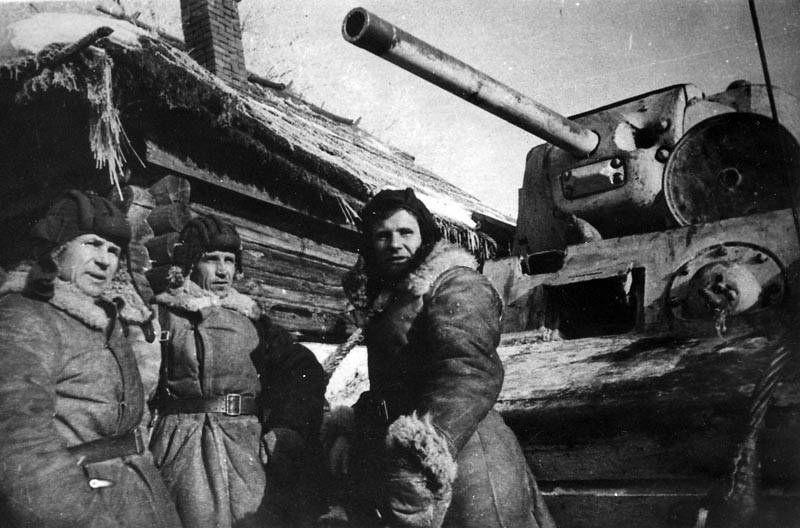
The second time the Burda tankers distinguished themselves in the liquidation of the Skyrmanovsky bridgehead. For the battle in the area of the settlements of Skirmanovo and Kozlovo, the tankman was introduced to the rank of Hero of the Soviet Union, but in the end he was awarded the Order of Lenin, the award found the hero of December 22 1941 of the year. During the battles for the Skirman bridgehead, Alexander Burda showed personal courage and heroism. Despite strong opposition from enemy artillery and barrage fire, he carried out a bold attack, during which, along with his crew, he destroyed the enemy’s 3 tanks, 6 bunkers, one anti-tank gun and one mortar, destroying German soldiers to the company as well.
In the summer of 1942, Captain Alexander Burda already commanded a battalion in the 1 Guards Tank Brigade. During one of the battles, he was seriously wounded by fragments of triplex and scale of armor in the eye after an enemy shell hit the tank, until November he was in hospitals. Thanks to the successful operation, the doctors managed to keep their eyes and eyesight, after which Alexander Burda again went to the front. In the summer of 1943, on the Kursk Bulge, Burda already commanded the 49th Tank Brigade with the rank of Lieutenant Colonel Guard. The brigade was located in the strike zone of German tank units in the Belgorod region. According to the results of the July battles of 20 on August 1943 of the year, Alexander Burda was awarded the Order of the Patriotic War of the 1st degree. The award order stated that, during the period from 5 to 9 of July 1943, fighters of the brigade destroyed up to 92 enemy tanks, including 17 T-6 tanks, up to 23 vehicles, 14 guns of various calibers, 8 mortars, one six-barrel to 10 armored personnel carriers and 4 anti-aircraft guns. The brigade also claimed 1200 destroyed enemy soldiers and officers. The award sheet emphasized that Alexander Burda personally participated in the battles, appeared in the battalions of the brigade and inspired the fighters with his courage and personal courage. In battles with the enemy, the crew of the Burda tank destroyed three tanks before the Nazi platoon.
The last battle of the commander of the 64-th Guards Tank Brigade
According to the results of the fighting in October 1943, the 49-I tank brigade became a separate guard 64-I tank brigade. Together with his tankmen, Alexander Fedorovich took part in the Zhytomyr-Berdichev offensive operation of the Soviet troops, having traveled 200 kilometers with battles. By the 22 of January 1944 of the year, there were only 12 combat-ready tanks in the brigade. The brigade commander died in the battle of 25 on January 1944 the day before the troops of the 1 Ukrainian Front went on the offensive during the Korsun-Shevchenkovsky offensive operation.
The Burda brigade, exhausted and greatly thinned in offensive battles, was actually in a semi-environment in the area of the settlements of Tsibulev and Ivakhna. The enemy of the Soviet tankers was the German 16-I Panzer Division, which, in addition to acting very actively on this sector of the front, turned out to be one of the most powerful and well-equipped German formations in this area. The command of the 11 Tank Corps, whose reinforcement was transferred to the Burda brigade, did not timely consider the threat that arose, which led to sad consequences. The brigade suffered heavy losses, and after the fighting in the Tsibulev area, it was withdrawn for reformation.
In the area of Tsibulev himself, the Germans managed to encircle the battalion of Fedorenko, who broke out of the ring at 4 in the afternoon of January 26. The environment was facilitated by the flank attack of a strong German group on Ivakhny, where Lieutenant Colonel Alexander Burda was stationed with his headquarters. At his disposal there was only one tank of the brigade commander. When 12 German tanks came to the village immediately, Burda quickly found his way around. The officer ordered all wheeled vehicles to be led off to Lukashovka, entrusting this to the chief of staff, Lieutenant Colonel Lebedev. As a result, the cars and the commandant platoon had to leave Ivakhna already in the fields. At the same time, the brave officer himself remained in the only T-34 tank to cover the departure of his subordinates.
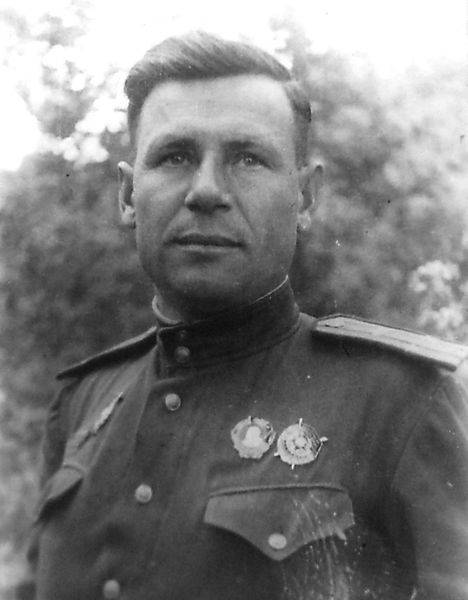
During the war years, Alexander Burda proved to be a courageous and brave commander, he did not flinch now, although the officer simply did not have any prospects in the battle with the 12 German “Tigers”. At the same time, the brigade commander was not required to remain behind to cover the withdrawal of his headquarters. Based on the combat situation, he could entrust this task to one of his subordinates. But Alexander Fedorovich made a courageous decision, taking responsibility for the lives of his subordinates and comrades, whom he remained to cover. In a battle with the German Tigers, the thirty-four of Burda were knocked out, and he was mortally wounded in the stomach. In this battle, according to award documents, he managed to knock out two Tigers and detain the Nazis, the brigade headquarters really came out of the enemy’s blow. The tankers were able to remove their commander from the battlefield, but they could not save his life; the guard, Lieutenant Colonel, died on January 25 in Lukashovka in preparation for a surgical operation. A brave officer died not far from the places where his military career began in the summer of 1941, the circle closed.
In total, during the war years, the crew of the tank of Alexander Fedorovich Burda killed 30 enemy tanks. In less than three years, Burda has gone from a tank company commander to a brigade commander, and the military units and units he always led have successfully proved themselves in both defensive and offensive battles. Homeland praised the military merits of a tank ace. In April of the 1945 of the Guard, Lt. Col. Alexander Burda posthumously became a Hero of the Soviet Union with the award of the Golden Star medal and the Order of Lenin. In battles with the Nazis, the officer was previously awarded the Order of the Red Banner, the Order of Lenin, and the Order of World War II.
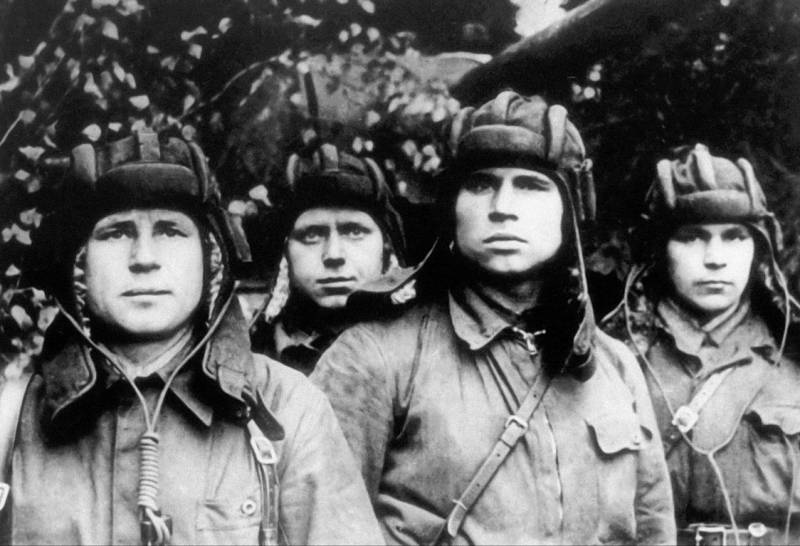

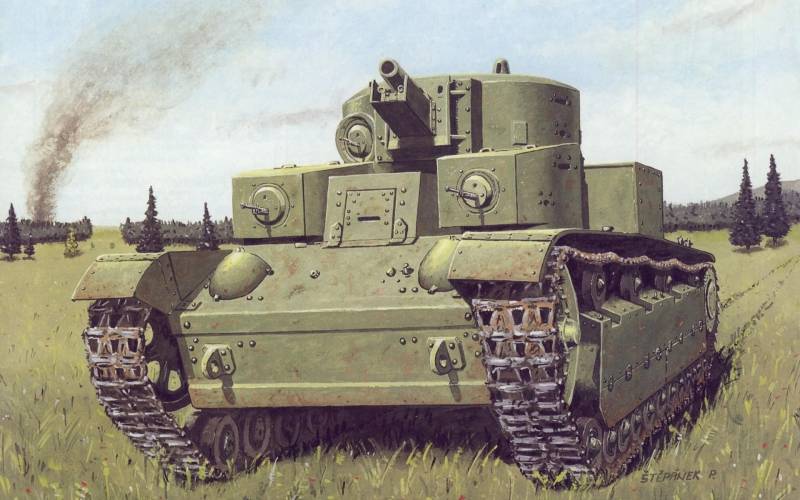
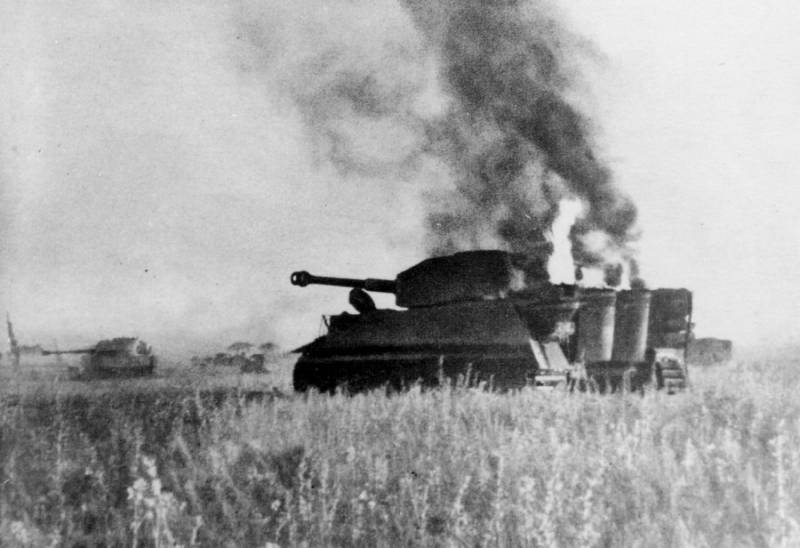
Information